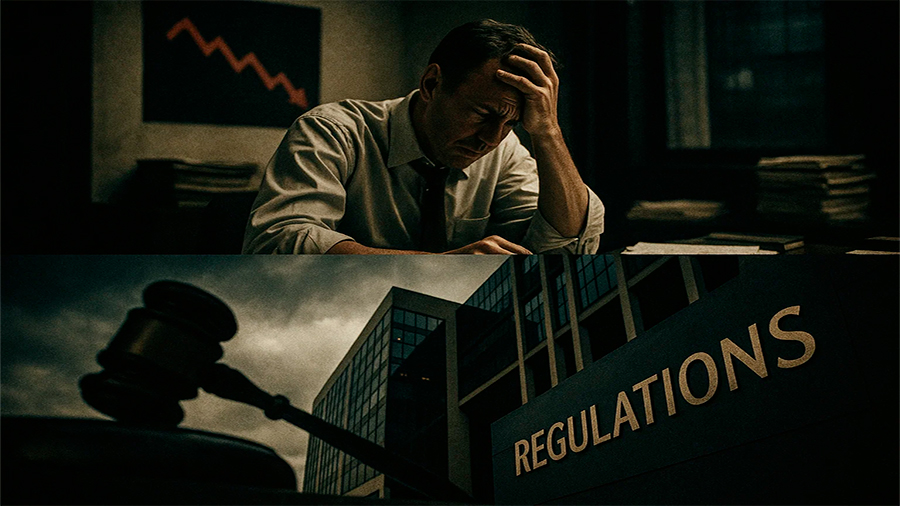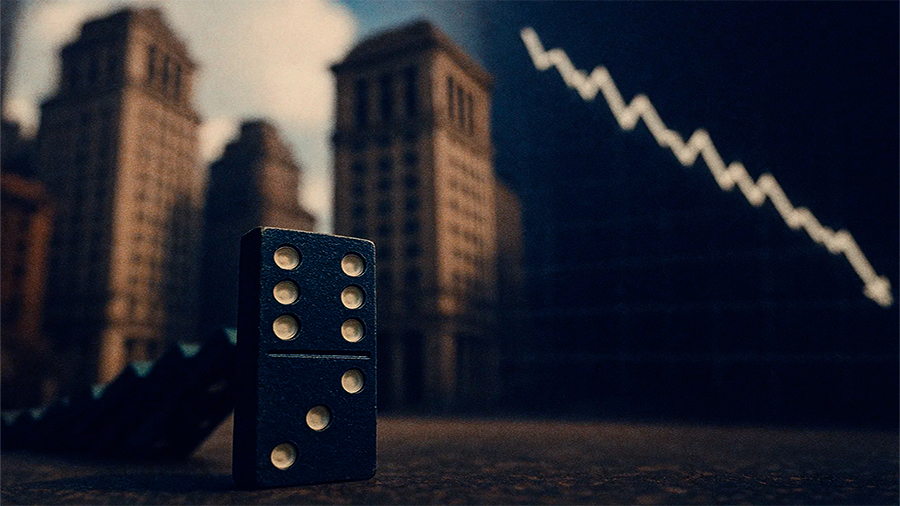Consumer Bubble: Is a Repeat of the 2008 Mortgage Crisis Possible?
The words “credit boom” and “crisis” often seem like two sides of the same coin. In the mid-2000s, cheap lending fueled the housing market until it collapsed spectacularly in 2008. That crash began in the mortgage sector but sent shockwaves through almost every part of the global economy. Today, the question lingers: could something like that happen again? And if so, where might the first cracks appear?
The Anatomy of a Bubble
How Financial Bubbles Form
A financial bubble forms when asset prices rise far beyond their true value, driven more by optimism and easy credit than by underlying fundamentals. In 2008, homes were selling for far more than they were worth, often bought with loans that many borrowers could never realistically repay. Lenders, eager to keep profits flowing, loosened their standards until “no-doc” mortgages and zero-down payments became the norm.
Similarities Between Then and Now
While today’s market is not identical to the pre-crisis period, some ingredients look uncomfortably familiar. A decade of cheap credit has inflated not just housing prices but also markets for cars, consumer goods, and even certain stock sectors. The psychology is similar too — a belief that prices will keep climbing and that credit will always be available. This mindset can mask risks until they suddenly surface, leaving borrowers and lenders exposed.
Where We Are Now
Shifting Interest Rates and Borrowing Costs
Interest rates have risen again after years at historic lows. This shift is hitting households and businesses that grew accustomed to borrowing at just 2–3%. Many homeowners with ultra-low mortgages are clinging to them, while new buyers face far steeper costs. In other credit markets — from auto loans to personal credit lines — monthly payments are rising fast, and lenders are beginning to tighten criteria for new borrowers.
The Squeeze on Household Budgets
The problem is that higher debt payments combined with stagnant incomes reduce financial breathing room. Families that once had comfortable margins now face tighter monthly budgets, making them more vulnerable to unexpected shocks. For some, even small financial disruptions — like a medical bill or car repair — could lead to missed payments. When this pattern repeats across millions of households, the broader economy can feel the strain.

Lessons From 2008
How the Last Crisis Unfolded
The mortgage meltdown of 2008 didn’t erupt overnight. It was the product of years of lax lending standards, opaque financial products, and the widespread belief that prices could only climb. What made the crisis so destructive was how interconnected the risks had become. Risky mortgages were bundled, sold, and spread across the financial system. When defaults began, it wasn’t just homeowners who took the hit — pension funds, insurance companies, and global banks all suffered heavy losses.
What Has Changed Since Then
Today, regulators have strengthened oversight. Banks must hold more capital, and stress tests assess how they might handle severe economic shocks. Loan documentation requirements are stricter, and mortgage products are generally more transparent. But tighter rules don’t eliminate risk; they often shift it elsewhere. As non-bank lenders, fintech companies, and private credit funds take more market share, some of that lending happens in less regulated territory, where oversight can be inconsistent or slow to react.
The Early Warning Signs
Debt Growth Beyond Mortgages
Many economists note that while mortgage lending is now better regulated, other debt categories are expanding quickly. Student loans, credit card balances, and “buy now, pay later” programs are climbing, often without the same level of oversight. In certain countries, real estate prices have doubled or tripled in less than a decade, sparking fears of overvaluation and potential market corrections.
Comparing Then and Now
| Factor | 2008 Crisis | Today |
|---|---|---|
| Main trigger | Subprime mortgage defaults | Rising household debt across multiple sectors |
| Lending standards | Very loose, minimal verification | Stricter for mortgages, looser in other areas |
| Interest rates | Fell sharply before crash | Recently increased after historic lows |
| Asset prices | Overvalued housing market | Overvaluation in some housing and asset markets |
| Regulation | Weak oversight | Stronger bank rules, weaker oversight in fintech/shadow lending |
Could History Repeat Itself?
Why a Direct Repeat Is Unlikely
A carbon copy of the 2008 crisis is unlikely. The housing market is structured differently, and banks are more resilient. However, another debt-fueled downturn remains possible. This time, the trigger might not be subprime mortgages but a mix of high consumer debt, auto loan delinquencies, or corporate defaults. External shocks — such as geopolitical tensions, energy shortages, or pandemics — could all expose weak spots in the system.
The Domino Effect of Defaults
The real danger is not just in isolated defaults but in how quickly they can snowball. If lenders suddenly pull back credit, spending can slow sharply. Businesses may cut jobs and investment, creating a feedback loop that erodes consumer confidence and worsens the slowdown. In such an environment, even financially healthy households may reduce spending, deepening the downturn.
Staying Grounded
For Individuals
The key takeaway for households is to avoid overextending on the assumption that current conditions will last forever. Interest rates, employment, and asset values can change — sometimes suddenly and not in your favor. Building emergency savings, diversifying income sources, and avoiding high-interest debt can provide a critical buffer during uncertain times.
For Policymakers and Lenders
For policymakers and lenders, the challenge is to foster growth without letting credit expand beyond what the economy can realistically sustain. Monitoring shadow lending, keeping consumer debt levels in check, and ensuring transparency in financial products are all essential steps to prevent a future bubble from becoming a crisis.
Final Thoughts
The last crisis taught us that ignoring warning signs can be catastrophically expensive. The next downturn might not look like 2008, but it could share its DNA. Those who recognize risks early and prepare accordingly are far more likely to navigate financial turbulence successfully than those who assume the boom will never end. History may not repeat exactly, but in finance, it often rhymes — and those who listen carefully to those echoes are better prepared for what comes next.


